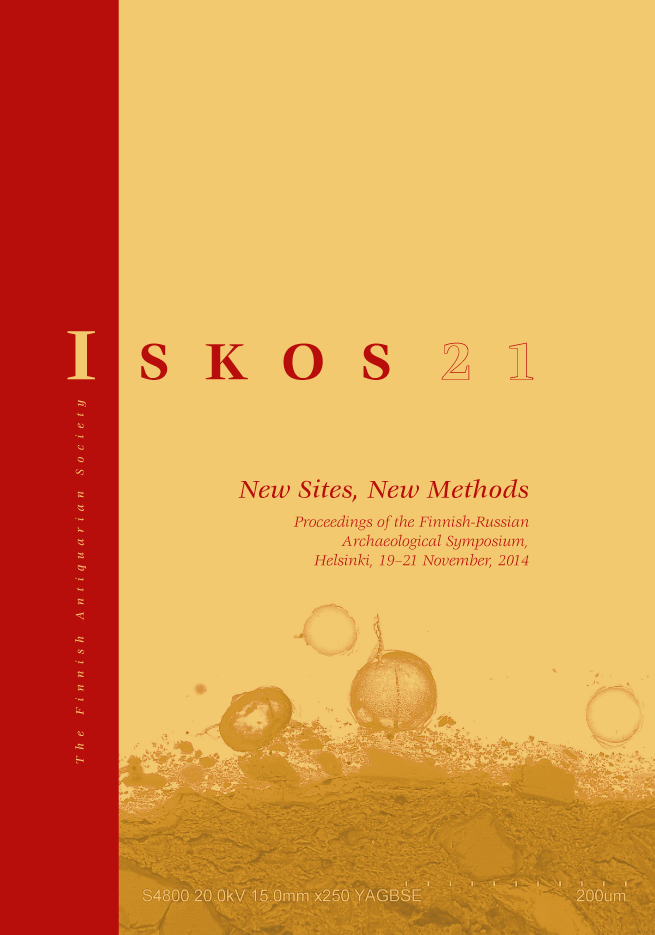The People of Vod’ and its Culture in Novgorod State
Abstract
Russian chronicles know two Finnic peoples at the north-western outskirts of Rus – the Ests or Estii (Chud’) and the Vods (Votes – Vod’). The Chud’ are mentioned as early as in the undated part of the Russian Primary Chronicle (Povest’ Vremennykh Let), while the name of Vod’ has been known since 1069. Telling about the events of the 13th century, the chronicler clearly distinguishes between these two Finnic ethnic groups.
The language of the Vods was relatively close to the northern dialect of the Estonian language. Beginning from the 19th century, scholars tried to identify the borders of the region occupied by the Vods. Many scholars supposed that this tribe settled vast territories in the north-west of Russia. Such conclusions were based on the fact that the so-called Vodskaya Pyatina (pyatinas were administrative districts of Novgorod the Great in the 15th and 16th centuries) was located in the same vast territory.
During the last decades, new material has come to light that enables us to speak more accurately about the region settled by the Vod’ in the Middle Ages. The study of written, ethnographical, and archaeological sources allows us to draw the conclusion that the territory of Vod’ stretched from north-eastern Estonia along the Gulf of Finland to as far as the fortress of Koporye and its surroundings. Ancient stone cemeteries dated to the beginning of the 1st millennium AD have been found here. According to their burial rite and grave goods, they look like the so-called tarand grave cemeteries of north-eastern Estonia. Sometimes such cemeteries included graves dated from the 12th–13th centuries to the 18th century. Some elements of the dress of Vodian women found in these graves are very typical: a headdress with ornaments of seed-beads, cowrie shells and bronze mounts, and specific breast decorations (the so-called müätsi and rissiko). In 2009, in the region of the Vodian cemeteries near the village of Val’ya, a bronze cauldron was found containing parts of an ethnographic woman’s dress dated to the 17th century. A characteristic cloth apron was preserved best.
The study presented here shows that from ancient times, the southern shore of the Gulf of Finland was settled by Finnic tribes that we know in the late medieval period under the names of the Ests and Vods. In terms of material culture, the populations living to the east and west of the Narva River resembled each other. Afterwards, the differences between their material cultures gradually increased. The people to the east of the Narva River acquired special features in their material culture and language and came to call themselves Vatialaset or Waddjalaiset (the Vod’ of Russian chronicles).




